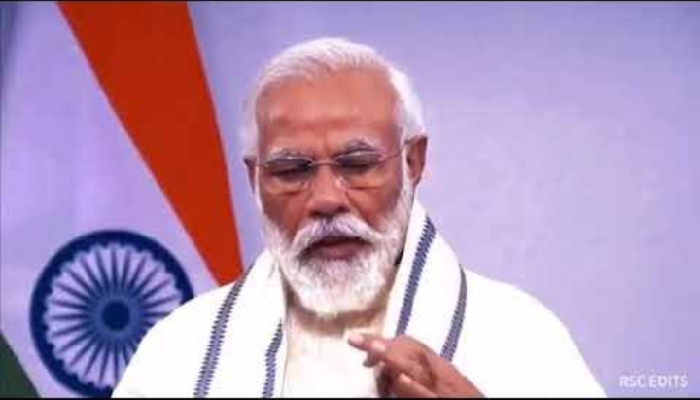Patna, Jan 12: Prashant Kishor, national vice-president of the Janata Dal (United), a key ally of the BJP-led NDA, has thanked Congress general secretary Priyanka Gandhi and former AICC chief Rahul Gandhi for their support in opposing CAA (Citizenship Amendment Act) and NRC (National Register of Citizens).
Perceived as one of the closest associates of Bihar Chief Minister Nitish Kumar, who is also the party’s national president, PK (as Prashant is fondly called) also assured the two top Congress leaders that the contentious legislation would not be implemented in Bihar where JD (U) is ruling the State with the support of the BJP.
“I join my voice with all to thank #Congress leadership for their formal and unequivocal rejection of #CAA_NRC. Both @rahulgandhi and @priyankagandhi deserve special thanks for their efforts on this count….also would like to reassure to all – CAA/NRC won’t be implemented in Bihar,” tweeted PK on Sunday.
The development assumes significance as a day back, the Congress Working Committee (CWC) meeting, chaired by Sonia Gandhi, had strongly opposed CAA/NRC/NPR as it was aimed at “sinister design of the present regime to divide Indian people into religious lines.”
The latest tweet by PK is also being seen as a rebuff to the BJP, which again recently reiterated that “the BJP should project its own chief ministerial candidate during the 2020 Bihar Assembly elections.”
The JD (U) had taken umbrage over such provocative statements by BJP leaders and asked the saffron camp to rein in its ‘loudmouths’ as BJP chief Amit Shah had already made it clear that the next Assembly polls in Bihar would be fought under the leadership of Nitish.
Of late, PK has been quite vocal about his opposition to the Centre’s policies, particularly the contentious issues of NRC and CAA. Besides, he even dubbed senior BJP leader Sushil Modi as the man who became Bihar’s Deputy Chief Minister due to ‘circumstances’ as the BJP was decisively decimated during the 2015 Assembly elections.
Nitish never reprimanded PK for his jibe against Modi, thereby giving rise to speculations whether Bihar was again heading for a political churning ahead of Assembly polls slated for October this year.






Comments
Add new comment